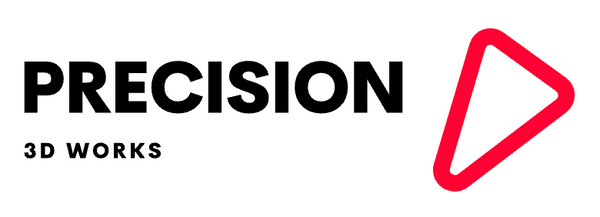The Automotive industry is no stranger to innovation and adapting to new technologies that promise to improve their process outputs. One such technology that has gained widespread attention in recent years is 3D printing. Although still in its nascent stage, 3D printing has already proven its value in cutting down on the weight of materials used in car manufacturing, and improving the reliability of cars. In this article, we take a deep dive into how 3D printing has disrupted the Automotive industry as we know it, and the advantages it brings for players that decide to embrace this technology.
Advantages of 3D Printing in Car Manufacturing
Traditionally, car manufacturers have relied on molds and tooling to mass-produce parts that go into building a car. While this approach has worked, it came with various limitations. First, molds and tooling are expensive, especially when you factor in the costs of replacing them every time you need to make changes to the design or improve the manufacturing process. Second, producing complex parts with molds and tooling is challenging, taking hours, sometimes days, to design and produce. Third, molds and tooling can only be produced in a limited number of materials, restricting the choice of materials that car manufacturers can use.
3D printing, solves these challenges by allowing car manufacturers to produce parts in-house, at a lower cost, in less time, and in a wider range of materials. Parts made with 3D printing are lighter, more durable, and customizable. Take the case of a transmission bracket, for example. Before 3D printing, a bracket would need to be created using molds and tooling, which made the process time-consuming and expensive. With 3D printing, however, a bracket can be produced in a matter of hours, and at a much lower cost, while also being able to experiment with different designs and materials. This has a significant impact on reducing the overall weight of a car, which in-turn leads to better fuel consumption and environmental benefits.
The Disadvantages of not using 3D Printing in Car Manufacturing
The advantages of integrating 3D printing into car manufacturing are many, which puts manufacturers who forego this technology at a disadvantage.. First, they will have higher costs of production, which will make it difficult to remain competitive in the market. Second, if they continue to use molds and tooling, they will face longer lead times to produce parts, limiting their ability to respond to market demand or experiment with new designs. Third, they will miss out on the advantages that 3D printing brings in terms of speed, customization, and material choice.
Conclusion
Car manufacturers that are looking to innovate and remain competitive in the market must embrace new technologies, such as 3D printing. The impact of 3D printing on weight reduction, design flexibility, and speed offers advantages that cannot be ignored. By integrating 3D printing into their production and design lineup, manufacturers can cut down on costs of production, improve their product reliability, and remain competitive in the ever-growing automotive industry.

